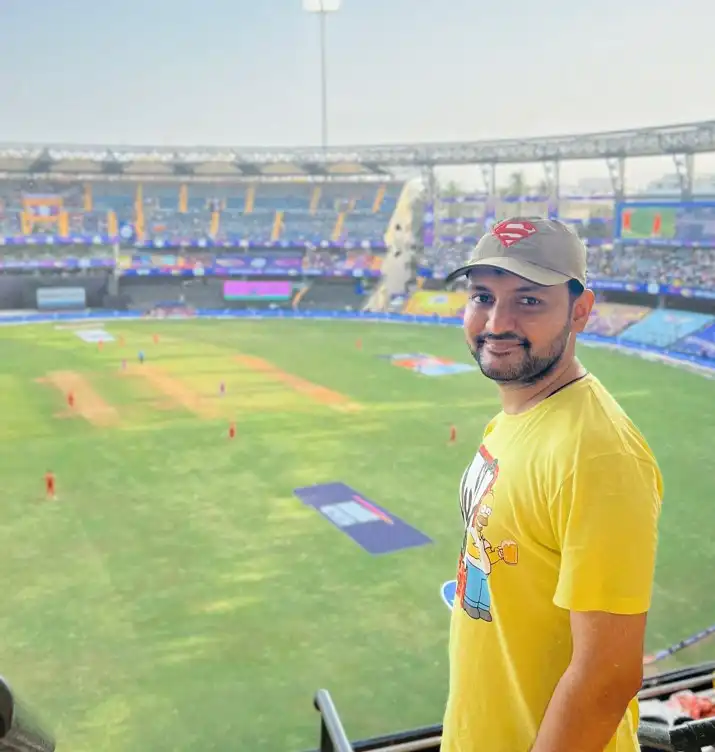![Rishabh Pant was adjudged Out under controversial circumstances [Source:@Adityakrsaha/x]](https://onecricketnews.akamaized.net/parth-editor/oc-dashboard/news-images-prod/1730738557547_rishabhpant.jpg?type=hq) Rishabh Pant was adjudged Out under controversial circumstances [Source:@Adityakrsaha/x]
Rishabh Pant was adjudged Out under controversial circumstances [Source:@Adityakrsaha/x]
The dismissal of Rishabh Pant became one of the biggest talking points from India’s humiliating 25-run defeat to New Zealand at the Wankhede Stadium in Mumbai on November 3. The dashing wicketkeeper-batter, batting at 64*, was seemingly caught-behind by New Zealand wicketkeeper Tom Blundell by the third umpire.
While the snicko-meter picked up a spike, several cricket fans and experts argued that it occurred because of the bat hitting the pad instead. Unfortunately for Pant and for Team India, the absence of HotSpot technology leading to inconclusive evidence prompted the third umpire to rule the decision in favour of New Zealand bowler Ajaz Patel.
Here, we detect the reasons behind BCCI’s continued reluctance in using HotSpot technology for Team India matches.
Reason Behind BCCI not using HotSpot technology
Soon after India’s 25-run defeat in Mumbai, former Indian captain Anil Kumble stated that HotSpot is used by the BCCI in India because it is a ‘military technology’.
Notably, the HotSpot was first introduced to cricket by Cricket Australia back during the 2006-07 Ashes series ‘Down Under’. The system uses an infrared camera to determine the exact point of impact of the ball, be it on a batter’s body or with the ball.
Contrary to Anil Kumble’s claims of HotSpot being a military technology, one broadcaster recently explained why the BCCI does not employ it in their system. As reported by The Indian Express, the broadcaster informed that the daily HotSpot operating costs are extremely expensive and the system is also not 100 percent accurate. Most of the worldwide broadcasters have also stopped using the technology for the same reason, including England’s Sky Sports and South Africa’s SuperSports network.
Apparently, even the International Cricket Council (ICC) have not included HotSpot in their DRS technology.

.jpg)
.jpg?type=mq)
.jpg?type=mq)

.jpg?type=mq)
